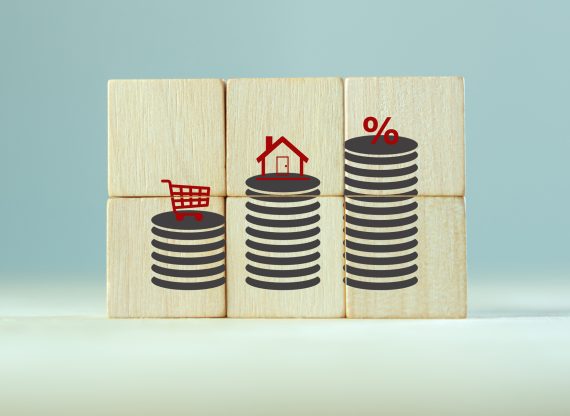Our eroding purchasing power

It’s been many years since the Consumer Price Index has been followed so closely by so many people.
In recent decades, we’ve gotten used to an annual increase in the price level of around 2%. As inflation goes, it was reasonable and predictable, which allowed companies and households to incorporate it into their long-term budget calculations.
In 2021, this stability went out the window. We ended the year with 4.8% inflation—a level that hadn’t been seen since 1991. Suddenly, our budgets were shaken by an increase in prices more than twice as fast as what we’d become accustomed to.
And it continued this year, with an average increase in prices of 6.8% according to the latest numbers from Statistics Canada.
The result is that a dollar today only allows us to buy as much as 93.6 cents did twelve short months ago. And unless you got a raise of 6.8% this year, the bad news is that you are poorer than you were.
Even if inflation comes back down to more reasonable levels, prices won’t return to previous levels—they’ll just increase more slowly again, like they used to.
We can try to assign blame somewhere—the Bank of Canada’s lax policy in recent years certainly didn’t help—but doing so won’t change the reality today, and the fact that our purchasing power has taken a hit.
While 2022 was characterized by the fight against inflation, we can only hope that 2023 will find governments acting to restore the purchasing power we’ve lost, notably by lowering our taxes and encouraging economic growth.

